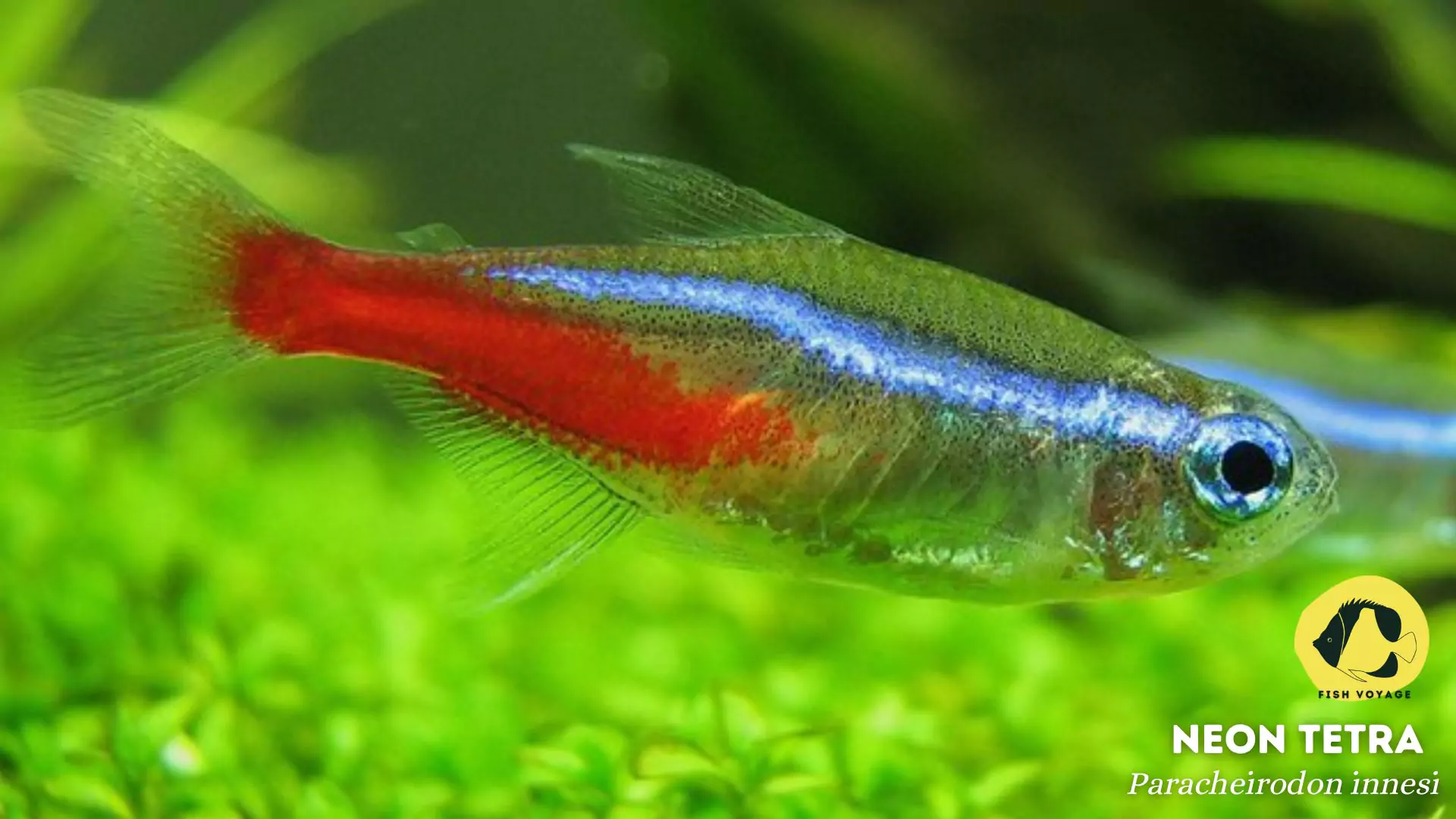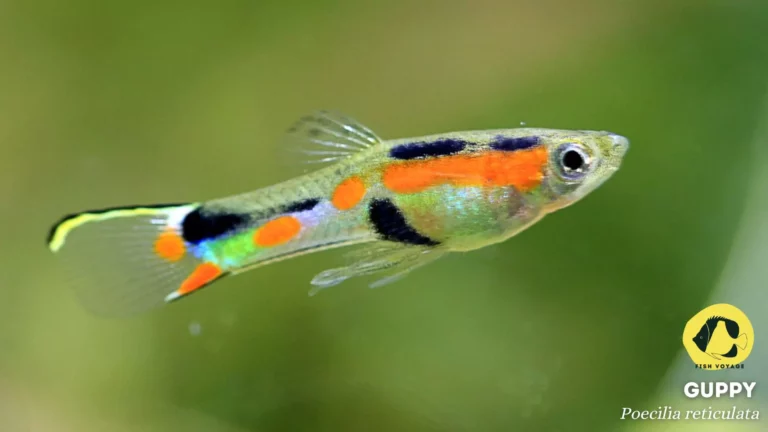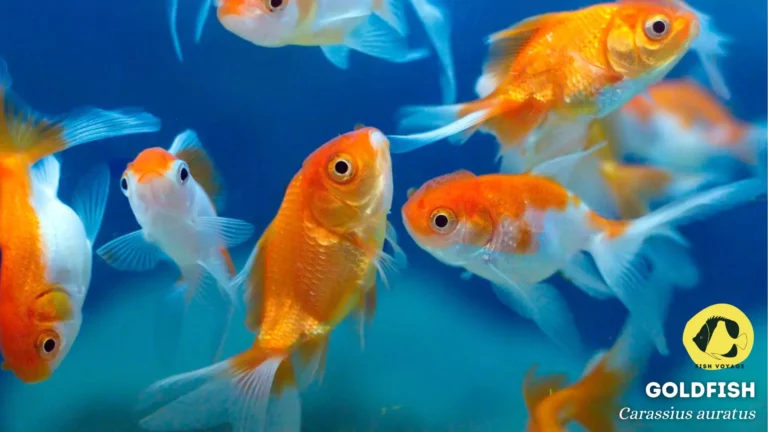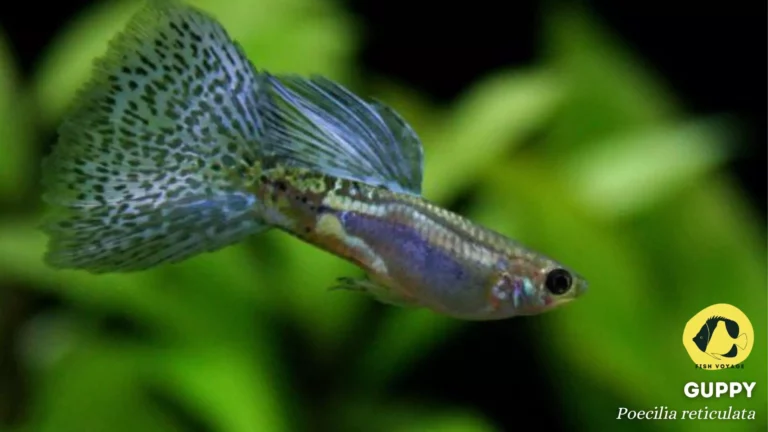Can Neon Fish Live In Cold Water? A Guide

In the vibrant world of aquarium enthusiasts, neon fish stand out for their dazzling colors and captivating presence. These small, luminous creatures are a popular choice among hobbyists, adorning freshwater tanks with their fluorescent hues. However, a pertinent question arises in the minds of many aquarium keepers: Can neon fish, known for their preference for warmer waters, truly thrive in colder environments? In this blog post, we delve into the intriguing inquiry surrounding the adaptability of neon fish to colder temperatures, shedding light on the factors that contribute to their well-being in aquariums with varying water conditions.
Neon Fish Overview
Description
- Neon fish, scientifically classified as Paracheirodon innesi, are captivating freshwater species renowned for their petite size and distinctive appearance.
- These slender, torpedo-shaped fish boast a translucent body adorned with a vivid lateral stripe that emits a radiant blue or green glow, creating a stunning visual display.

Vibrant Colors and Popularity in Aquariums
- The allure of neon fish lies in their vibrant and striking colors, making them a sought-after choice for aquarium enthusiasts around the globe.
- Their luminous hues, predominantly shades of blue, red, and green, add a dynamic and lively dimension to freshwater tanks.
- Recognized for their social behavior and peaceful temperament, neon fish often thrive in community aquariums, enhancing the overall aesthetics of the aquatic environment.
- With their captivating beauty and ease of care, neon fish have secured a prominent place in the hearts of both novice and experienced aquarium keepers alike, contributing to their widespread popularity in the world of aquatic hobbies.
Temperature Preferences of Neon Fish
Explaining Their Natural Habitat
- In their native habitat of South America, neon fish are primarily found in the slow-moving, clear waters of the Amazon River basin.
- These tropical waters are characterized by a consistent temperature and a pH level that creates an environment conducive to the well-being of neon fish.
Importance of Maintaining Suitable Water Conditions
- Neon fish, like many tropical species, are particularly sensitive to changes in water conditions.
- Maintaining stable and suitable water parameters is crucial for their overall health, emphasizing the need for aquarium keepers to recreate conditions akin to their natural habitat.
Typical Temperature Range Preferred
- Neon fish thrive in warmer waters, with a preferred temperature range typically falling between 72 to 78 degrees Fahrenheit (22 to 26 degrees Celsius).
- This specific temperature range ensures that neon fish remain active, vibrant, and healthy, reflecting the conditions of their native Amazonian environment.
Understanding and replicating the natural habitat of neon fish is imperative for their well-being in captivity, underscoring the significance of precise temperature management in aquariums to ensure their optimal health and vitality.
Cold Water Environments
Defining “Cold Water” in the Aquarium Context
- In the realm of aquariums, “cold water” refers to temperatures below the typical range preferred by tropical fish species.
- Unlike warm-water species, such as neon fish, cold-water environments often encompass temperatures that fall below 68 degrees Fahrenheit (20 degrees Celsius).
Challenges Neon Fish Face in Colder Temperatures
- Neon fish, adapted to the warmth of their native tropical waters, encounter significant challenges when exposed to colder temperatures.
- Cold water can adversely affect their metabolic processes, leading to reduced activity levels and potential stress.
- The immune system of neon fish may become compromised in colder environments, making them more susceptible to diseases.
- Cold temperatures can impact the vibrant colors for which neon fish are known, diminishing their visual appeal and overall well-being.
Understanding the definition of “cold water” in the context of aquariums is crucial for assessing the potential challenges neon fish may confront in such environments. Addressing these challenges is pivotal for maintaining the health and vitality of these captivating aquatic creatures.
Neon Fish Adaptability
Adaptability of Neon Fish to Temperature Ranges
- Neon fish exhibit a degree of adaptability to varying temperature ranges, showcasing their resilience in certain conditions.
- While their ideal temperature range is well-defined, neon fish may demonstrate a capacity to adjust to slight fluctuations when acclimated gradually.
Species Variations in Temperature Tolerance
- Different species within the neon fish family may display variations in their tolerance to temperature changes.
- Some neon fish variants, selectively bred over generations, might exhibit a broader tolerance range compared to their wild counterparts.
- It’s essential for aquarium keepers to research and understand the specific needs of the neon fish species they are caring for, considering any variations in temperature tolerance that may exist.
The adaptability of neon fish to diverse temperature ranges highlights their resilience, but it’s crucial to approach any adjustments with caution and consideration for the specific species in order to ensure their well-being in aquarium settings.
Risks and Considerations
Potential Risks of Exposing Neon Fish to Cold Water
- Temperature Shock: Rapid exposure to colder water can subject neon fish to temperature shock, leading to stress and potential health issues.
- Reduced Immunity: Cold water environments may compromise the immune system of neon fish, making them more susceptible to diseases.
- Diminished Activity: Lower temperatures can result in decreased metabolic activity, leading to reduced movement and lethargy among neon fish.
Tips to Mitigate Risks
- Gradual Acclimation: When introducing neon fish to new water conditions, employ a slow and gradual acclimation process to minimize the risk of temperature shock.
- Temperature Monitoring: Regularly monitor and maintain the aquarium temperature within the recommended range to ensure the well-being of neon fish.
- Adequate Shelter: Provide suitable hiding spots and shelter within the aquarium to allow neon fish to retreat to warmer areas if needed.
- Quarantine Practices: Quarantine new additions to the aquarium to prevent the introduction of potential diseases that can thrive in colder conditions.
Understanding and addressing the potential risks associated with exposing neon fish to cold water is essential for responsible aquarium care. By implementing these mitigation tips, aquarium enthusiasts can help ensure the health and happiness of their neon fish residents.
Best Practices for Neon Fish Care
General Guidelines for Maintaining Optimal Aquarium Conditions
- Water Quality: Ensure pristine water quality by performing regular water changes and maintaining appropriate filtration systems to replicate the clean conditions of the neon fish’s natural habitat.
- Balanced Diet: Provide a well-balanced and species-appropriate diet, including quality flakes, pellets, and occasional live or frozen foods to support the nutritional needs of neon fish.
- Compatibility: Select tankmates carefully, considering the peaceful nature of neon fish and avoiding aggressive or incompatible species that may cause stress.
- Adequate Space: Neon fish thrive in adequately sized aquariums with sufficient swimming space and hiding spots to accommodate their social behavior.
Importance of Regular Temperature Monitoring
- Consistent Monitoring: Regularly monitor aquarium temperatures using reliable thermometers to ensure they remain within the recommended range for neon fish.
- Immediate Intervention: If temperature fluctuations are detected, take prompt action to address any issues, such as adjusting the heating system or acclimating fish to gradual changes.
- Health and Well-being: Maintaining stable and suitable temperatures is crucial for the overall health, vitality, and vibrant colors of neon fish.
By adhering to these general guidelines and emphasizing the importance of consistent temperature monitoring, aquarium enthusiasts can create an optimal environment for neon fish, fostering their well-being and enhancing the visual appeal of the aquarium setting.
Conclusion
In conclusion, our exploration into the world of neon fish has illuminated essential aspects of their care within aquarium environments. From understanding their vibrant nature and native habitats to delving into the potential challenges they face in colder waters, we’ve outlined crucial considerations for responsible aquarium keeping.
While neon fish showcase a degree of adaptability, it is unequivocally advised to maintain them in warmer waters within their preferred temperature range of 72 to 78 degrees Fahrenheit (22 to 26 degrees Celsius). Cold water poses inherent risks, including temperature shock and compromised immunity, which can adversely impact the well-being of these captivating aquatic inhabitants. Therefore, to ensure the optimal health and vibrancy of neon fish, maintaining suitable and stable temperatures consistent with their tropical origins is the recommended course of action for aquarium enthusiasts.
Additional Resources
Reputable Forums
- AquariumAdvice: Engage with a community of experienced aquarium keepers and enthusiasts, seeking advice and sharing experiences related to neon fish care.
- Fishlore: Explore discussions on diverse aquarium topics, including specific threads dedicated to neon fish, to gain insights from a knowledgeable community.
Reputable Books
- The Complete Idiot’s Guide to Freshwater Aquariums by Mike Wickham: A comprehensive guide covering various aspects of freshwater aquarium care, including insights on neon fish.
- Handbook Of Tropical Aquarium by Herbert R. Axelrod: This comprehensive guide covers all aspects of caring for tropical freshwater fish in the home, explaining how to set up an aquarium, selecting a tank, heating and lighting, filtration, and choosing suitable fish species.
These additional resources provide valuable avenues for further exploration and learning, offering a combination of community-driven discussions and authoritative literature to enhance your understanding of neon fish care.
Frequently Asked Questions (FAQs)
1. Can neon fish survive in colder temperatures than the recommended range?
Neon fish are adapted to tropical conditions and thrive best within a temperature range of 72 to 78 degrees Fahrenheit (22 to 26 degrees Celsius). Exposing them to colder temperatures can lead to stress, reduced activity, and potential health issues.
2. Is there a specific acclimation process for introducing neon fish to colder water?
Yes, a gradual acclimation process is crucial when introducing neon fish to new water conditions, including colder temperatures. This helps minimize the risk of temperature shock, allowing the fish to adjust more comfortably.
3. What are the signs of stress or discomfort in neon fish due to cold water exposure?
Signs of stress in neon fish due to colder temperatures include lethargy, reduced movement, loss of vibrant colors, and increased susceptibility to diseases. Monitoring these indicators is essential for prompt intervention.
4. Can neon fish be selectively bred for increased tolerance to colder environments?
Selective breeding may result in variations within neon fish species, but their fundamental preference for warmer waters remains. It’s advisable to prioritize stable and suitable temperature conditions for their optimal health.
5. Are there aquarium heaters specifically designed for neon fish care?
Yes, aquarium heaters with adjustable settings are available to maintain precise temperature control. Ensuring that the aquarium temperature remains within the recommended range contributes significantly to the well-being of neon fish.






